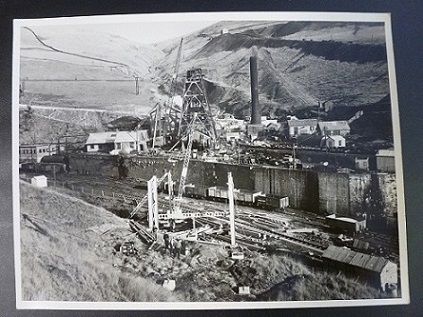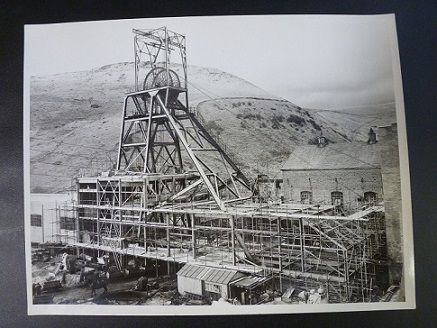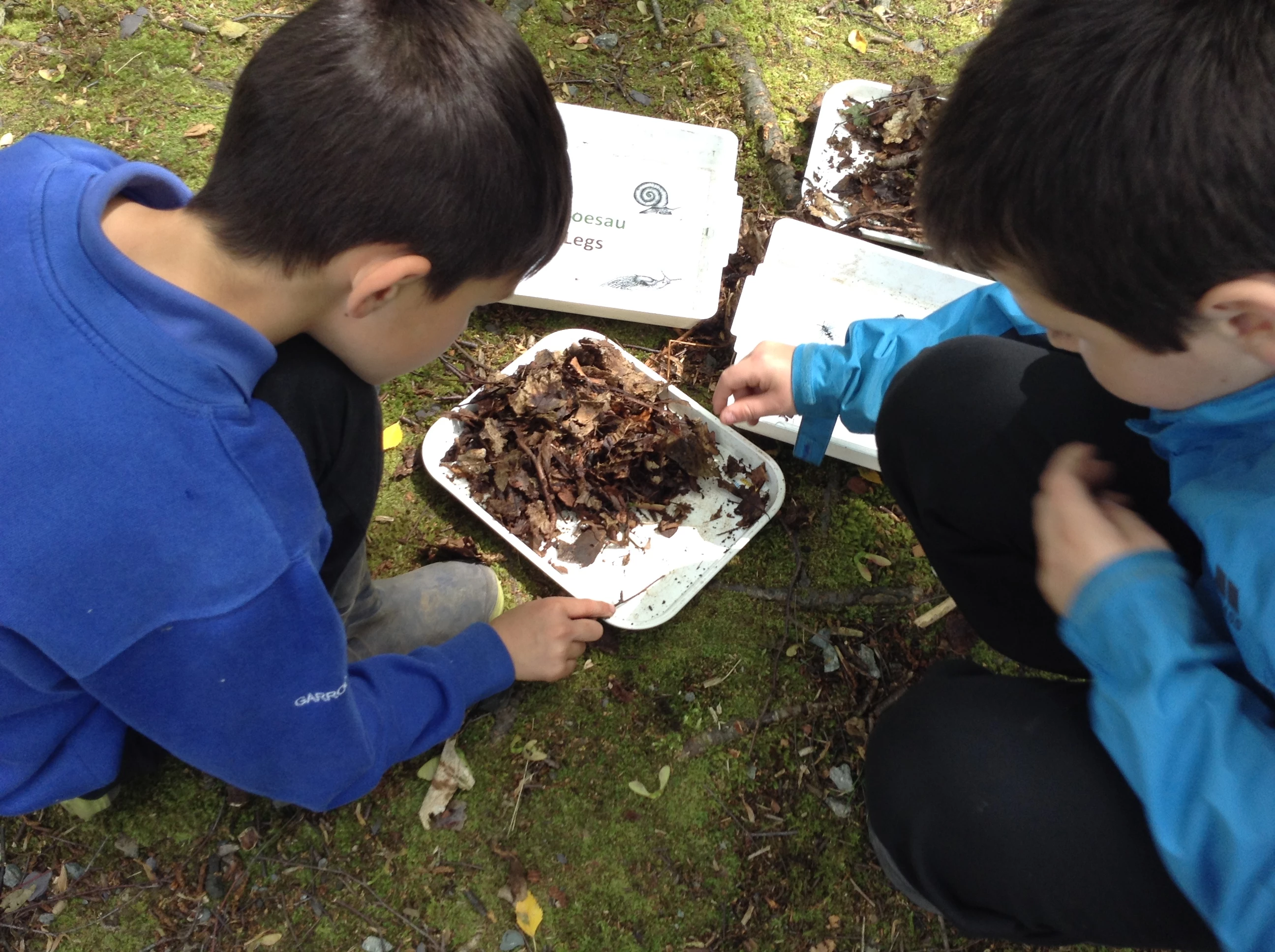The BBC and the Arts In the Nations and Regions: Impartiality - and Equality?
, 21 Gorffennaf 2014
I am a passionate supporter of a publicly-funded BBC. Along with the NHS, social care and the state education system, I regard it as one of the four vital pillars of public service on these islands - evidence that democracy works. If I ask questions, and challenge practice, it is because I want the BBC to survive and thrive at the centre of public life. It is a beacon of truths in a world of commercial interests. It provides a public space for debate that is vital for our democracy.
I was born in Northern Ireland, grew up in the industrial Midlands of England, and went to university in Scotland. For the last four years I have worked in Wales. I have lived in every nation of the United Kingdom.
The culture of any nation or region is an ecosystem, made up of a number of mutually dependent parts. As well as arts and cultural institutions, these also include the print and broadcast media, public and private funders, the education sector, the tourism industry and - last but not least - creative industries and individual professionals.
Also essential to all of this is the wider community, whose informed support and creative participation is the lifeblood of all cultural activity. A creative economy depends upon a creative society.
The nations and regions of the United Kingdom outside London - with the exception, arguably, of the central belt in Scotland - do not have all the elements that they need to ensure a thriving arts ecosystem.
Wales, for example, has very strong resources of talent and great national arts and cultural institutions. Through recent reports by Dai Smith on the role of the arts in education, and by Baroness Kay Andrews on the importance of cultural participation in overcoming barriers created by poverty, Wales has recognised the value of cultural education.
But, like much of the rest of the United Kingdom, we do not get our fair share of UK funding for our arts. Nor do we have the coverage from the UK media that its quality
deserves. This lack of recognition and publicity from the UK print and broadcasting media - with the credibility that comes with it - in turn makes it still harder for us to attract the private funding that we need so badly, to invest in our programmes and, for example, to provide match funding for Lottery bids.
Many of the key decisions that determine profile for the arts are made by publicly funded organisations based in London, such as the BBC and Visit Britain, which appear to have little knowledge or understanding of what is happening in the rest of the United Kingdom, and especially the devolved nations.
Funding of the arts, employment in the arts, public access to and participation in the arts, and control of the arts are also scandalously unequal. 71% of funding for the arts in the whole of the UK from trusts and foundations, corporate donors and private individuals goes to London institutions. The remaining 29% has to be shared out between all the other nations and regions.
We are in the second decade of the twenty first century, but we still retain the highly
centralised, nineteenth century, semi-colonial model that the arts should be concentrated in London, and that funding London is synonymous with serving the English regions and the nations of the UK. For Wales, Scotland and Northern Ireland this undermines the principle, embedded in law, that culture is a devolved responsibility. It is a constitutional tension that remains unresolved.
All the evidence shows that concentration of power and funding in London is, in policy terms, a failure. Despite investment of over £1 billion annually of public and private funds in arts institutions in just three boroughs in Central London (Westminster, Southwark and Kensington and Chelsea), public participation levels in the arts in London are slightly lower than those across England as a whole.
Within England, the Arts Lottery has operated as a highly effective mechanism to take money from poorer communities and invest it in arts provision in Central London. Just five national performing arts organisations in London have received more (£315 million) from the Arts Lottery since 1995 than the 33 English local authority areas with lowest participation, representing 6 million people, which between them were awarded just £288 million over that period. Arts Lottery players of County Durham have contributed £34 million since 1995, but the area has received just £12 million.
The policies and practices of the media can exacerbate these divisions. Within the last year, both Melvyn Bragg and Tony Garnett (director of Cathy Come Home) have accused broadcasters of misrepresenting and sneering at working class people in TV dramas and documentaries. Recent research by the Open Society Foundations suggests that this perception is shared by many working class viewers themselves.
There is a challenge in all of this for the BBC, our publicly-funded UK national broadcaster. As funding for the arts from diverse public sources remains concentrated in one small area of England's capital city, and (as research by the Sutton Trust has shown) those employed in senior positions in broadcasting are recruited increasingly from men and women with privileged backgrounds, and the narrow circle of private support shrinks ever closer to central London, will the BBC's coverage of the arts shrink with it? And can this coverage now truly be described as impartial?
Within Wales, there is a much greater sense that culture in the broadest definition is a communal resource and belongs to everyone. At Amgueddfa Cymru - National Museum Wales, 28% of visitors to our seven museums across South, West and North Wales are from social classes C2DE. At a typical London national museum such as the National Gallery the figure is around a third of this, at 10%.
The BBC is a hugely important part of the arts ecosystem in Wales. The BBC's investment in Roath Lock in Cardiff with its drama productions has given a massive boost to our creative economy, and has made Cardiff a hub for related creative industries. The BBC has also made Wales a centre for music programming. There is a wealth of artistic talent and arts production of an international standard in Wales, yet the BBC in Wales - unlike England and Scotland - does not have a Centre of Excellence in the arts. As a result coverage of the richness of artistic activity within Wales is very limited, and on Network BBC it is almost non-existent.
Why does the Tate's Turner Prize - widely perceived in the contemporary art world to be tired and outdated - continue to get blanket coverage on Network BBC, when the critically more highly regarded Artes Mundi Prize in Wales has never in 12 years had any Network coverage? Research by the BBC itself shows that this lack of impartiality in its coverage of the arts in the nations and regions of the UK is the norm rather than the exception.[1]
Even if it wins the vote on Scottish independence, Westminster has been revealed to have lost the hearts and minds of a substantial minority of its citizens in Scotland, the second largest nation in the United Kingdom. An article in the Guardian, published in early July, examined how the BBC was reporting on the referendum, and said that even a no vote should challenge the BBC 'to examine afresh how successfully it relates to constituent parts of the UK - and whether a more flexible, less monolithic notion of the future of the corporation ought to be embraced.'
Tony Hall, in a recent speech at the Pierhead Building in Cardiff, invited his audience to imagine Wales without the BBC. It is a fair challenge, but we existed long before the BBC with our languages and cultural identities. Some of us in Wales might ask him, in turn, to imagine a BBC that is not dominated by a London-centric perception of the world, and that better reflects the diversity of our nation's arts and cultures, our values and our debates. Without us - we who are outside London - not just the BBC but democracy itself will suffer, if we continue down the road we are on.
What are the solutions for the BBC? There should be a Centre of Excellence at BBC Wales, as there is in Scotland. We need devolved governance of the BBC in Wales through the BBC Trust, as recommended by the Silk Commission. This should be
underpinned by a separate extension to Charter agreement for Wales, and mechanisms to ensure fair representation of our arts on BBC Network. We need BBC Network to recognise that speakers of Welsh and other minority languages have a right to be heard in their own language on UK media. The BBC should monitor and publish annual data on its achievement of impartiality across the nations and regions. We need the Network BBC to be pro-active in overcoming a culture of inequality within the organisation.
And we need the BBC, with headquarters in London, to remember the importance of
geography, of the connections between culture and place. The nations and regions of the UK need the BBC to give us equality and parity of respect, and to free us to represent ourselves, in our own places and across the nations within the UK and abroad.
We want to commission London, not London (when it chooses) to commission us. Our nation’s share of the BBC budget should be devlolved in full to Wales.
As Hugh McDiarmid said, "You cannot light a match on a crumbling wall."
Let's build a better and more solid one.
*This is a summary of a more detailed paper I wrote, which can be found here:
[1] Four Nations Impartiality Review Follow-up: An analysis of reporting devolution’ – Cardiff School of Journalism, Media and Cultural Studies, Cardiff University – March 2010: http://cardiff.ac.uk/jomec/research/researchgroups/journalismstudies/fundedprojects/followupaccuracyandimpartiality.html








